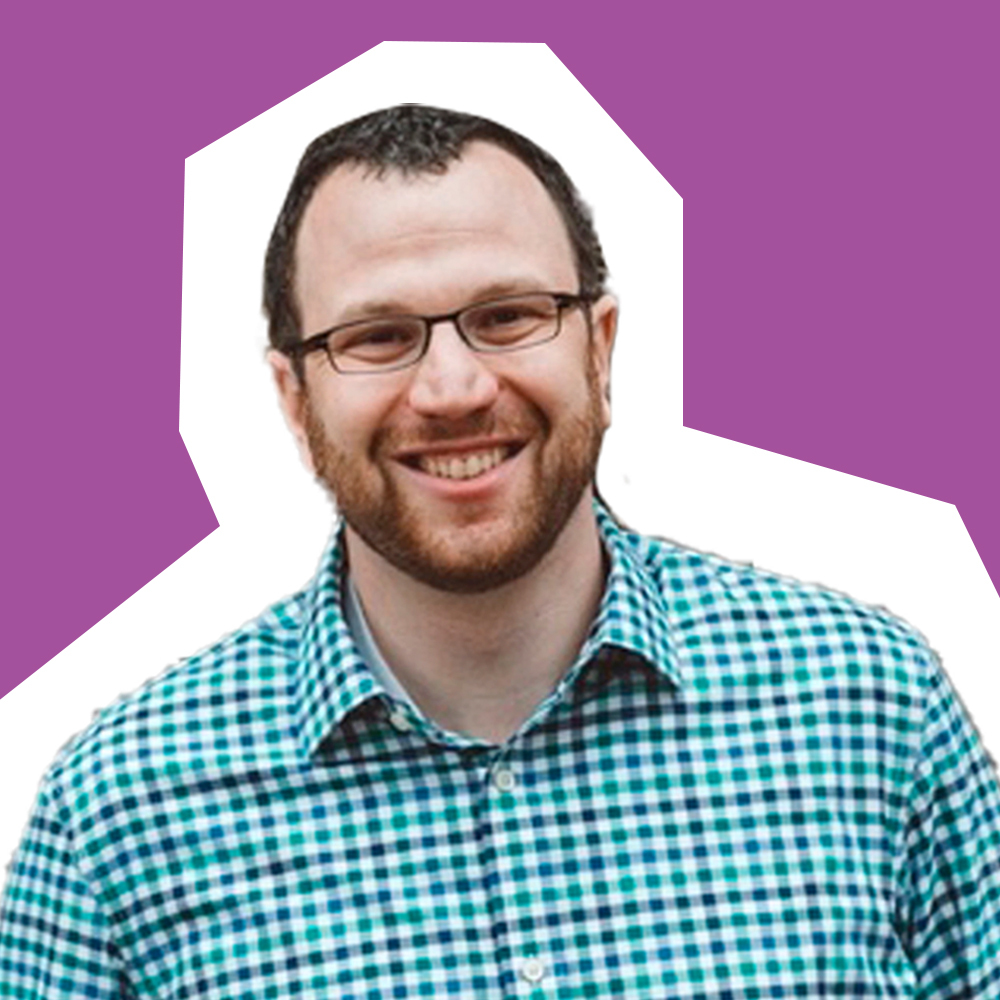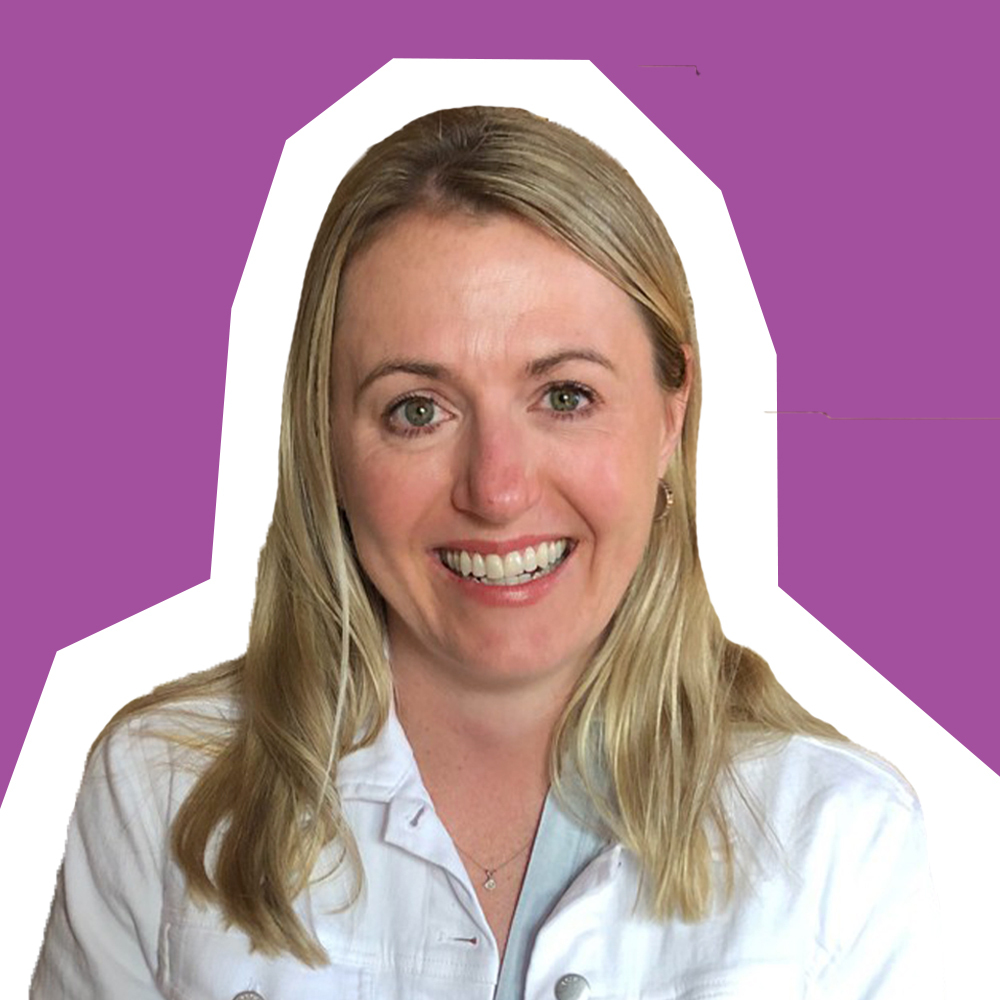The U.S. Surgeon General has declared an epidemic of loneliness and isolation. And Americans are downright desperate for companionship. If you have never listened to a podcast before, this may sound like a non sequitur. But if you are one of the 109 million Americans who listens to podcasts monthly, you can likely relate to the intimate connection people feel to their favorite hosts and shows.
In fact, over four in 10 SXM Media podcast listeners say podcasts contribute to their well-being and have the power to heal (while time spent on social media, for example, is associated with higher levels of loneliness).
The podcast BFF
While podcasts could never replace real-life connection, you’re certainly not alone if a podcast has made you laugh, made you cry or gotten you interested in topics ranging from Bitcoin to yoga. Podcasts not only evoke a multitude of personal emotions, but they also make people think and learn, too.
One in five podcast listeners have made a doctor’s appointment as a direct result of hearing a podcast ad.
The number of Americans listening to podcasts has steadily increased over the last decade, and the pandemic certainly catapulted the medium into people’s mainstream media diet. According to Edison research, 65% of Americans today shared that listening to podcasts is replacing the time they spend watching broadcast television, and nearly four in 10 said podcast listening is replacing time spent with video on-demand.
While healthcare marketers have historically relied heavily on television advertising, in today’s media environment, you don’t need to be sitting in front of a TV or staring down at a smartphone to consume content. The voice of your favorite podcast host can accompany you throughout your busy day.
Podcast ads work for a reason
Thanks to the respect and connections people have with their favorite podcast hosts, research shows that listeners are more receptive to podcast ads compared to ads in other mediums.
According to a study conducted by Publicis Media, Signal Hill Insights and SXM Media, podcast ads score the highest on being informative, interesting, relevant and trustworthy, compared to social media, online videos, TV and AM/FM radio. It’s no wonder a Scarborough Podcast Study found that one in five podcast listeners have made a doctor’s appointment as a direct result of hearing a podcast ad.
And, in case you’re wondering, an SXM Media and Signal Hill Study found that announcer-read ads perform just as strongly as ads read by the podcast host. That’s because the podcast love and affinity that consumers feel carries over to the brands that support the medium.
Proven ROI is just one of the reasons marketers will spend over $2 billion on podcast advertising this year—a year-over-year increase of 25%. At a time of unprecedented isolation, consumers are flocking to this spoken-word medium for connection, while healthcare marketers are looking to make meaningful connections with consumers. With over 2 million shows to choose from, podcasts are a goldmine for consumers and advertisers alike.
Sara-Beth Donovan, principal and president at Mintz + Hoke who oversees media for multiple healthcare advertisers, explains, “Podcasts provide specific long-form content with a loyal following that provides a perfect place to align healthcare and wellness ad messaging to the areas most of interest to each audience.”
New audience = new patients
In addition to consumer connection, healthcare marketers working with SXM Media benefit from incremental campaign reach when podcasts are added to their streaming campaigns.
For example, SXM Media conducted an analysis of 500-plus campaigns to understand the duplication between podcast and non-podcast ad buys. The analysis revealed that podcast lines have virtually no overlap with non-podcast lines, and adding podcasts to a media plan provides a median incremental reach of 43%-plus. Every dollar spent on podcasts means incremental reach for a healthcare brand.














































